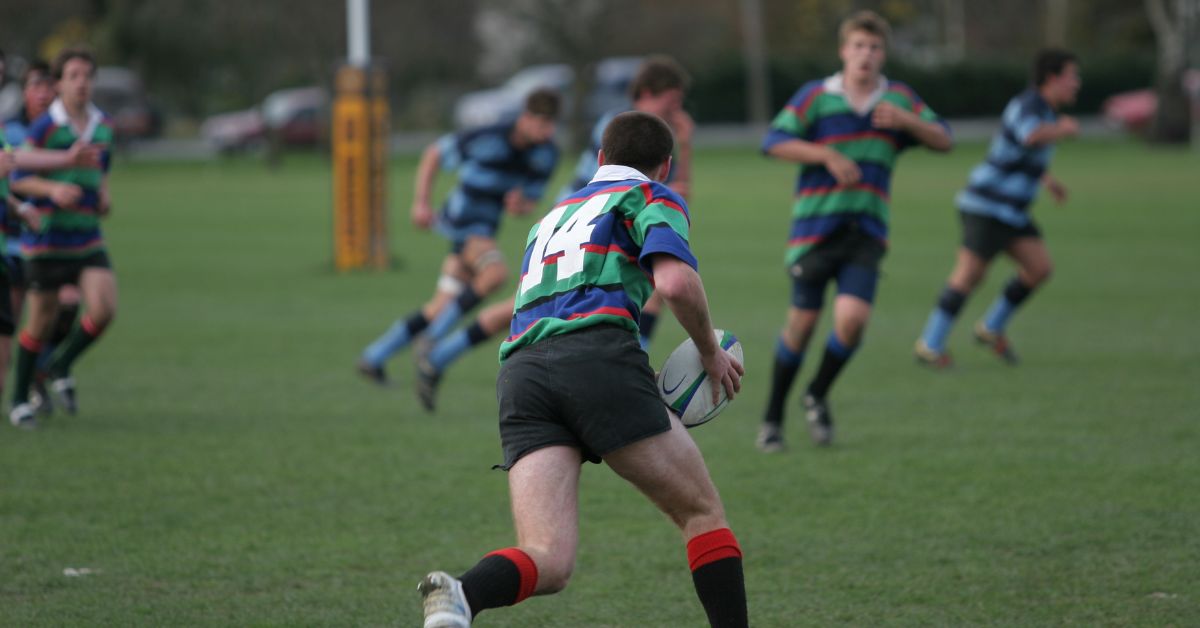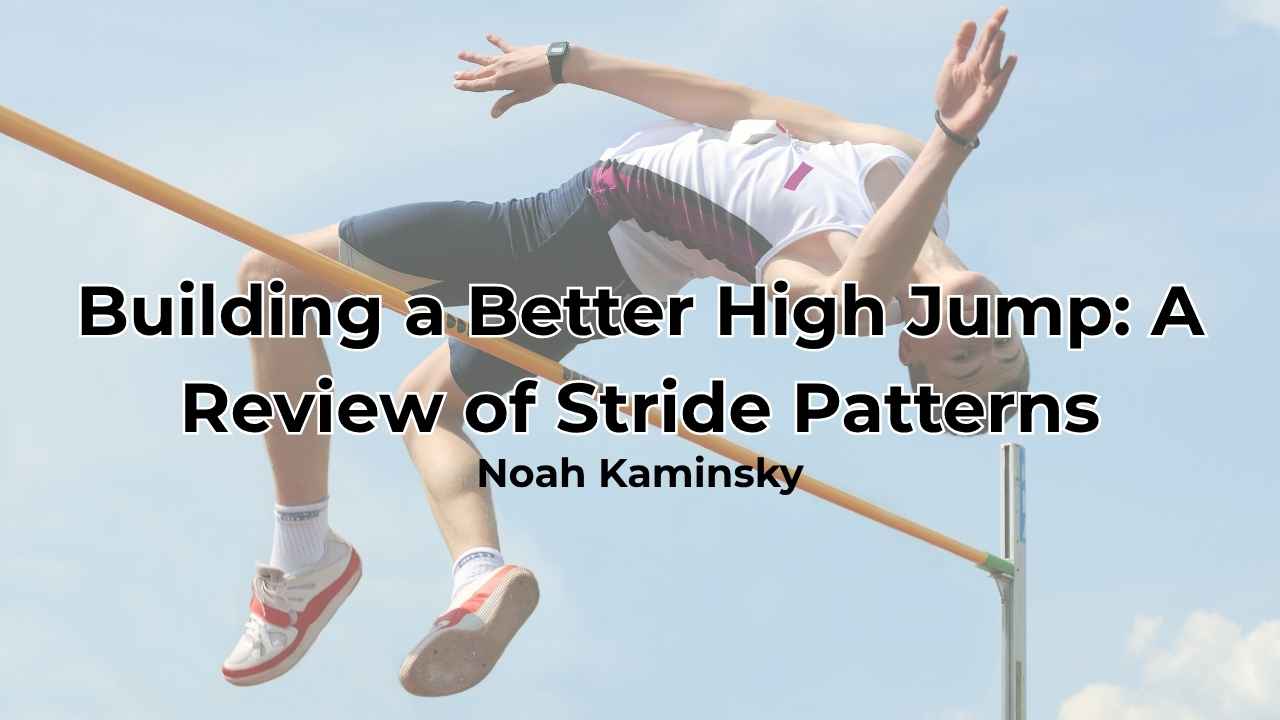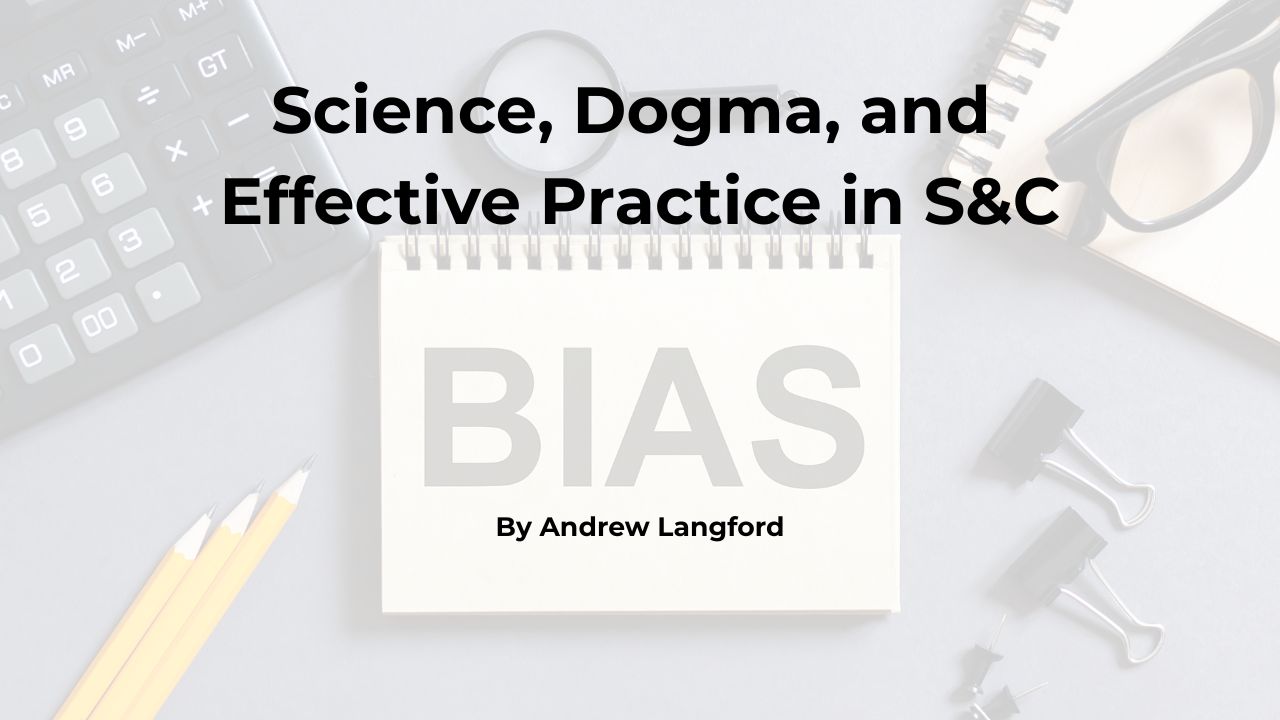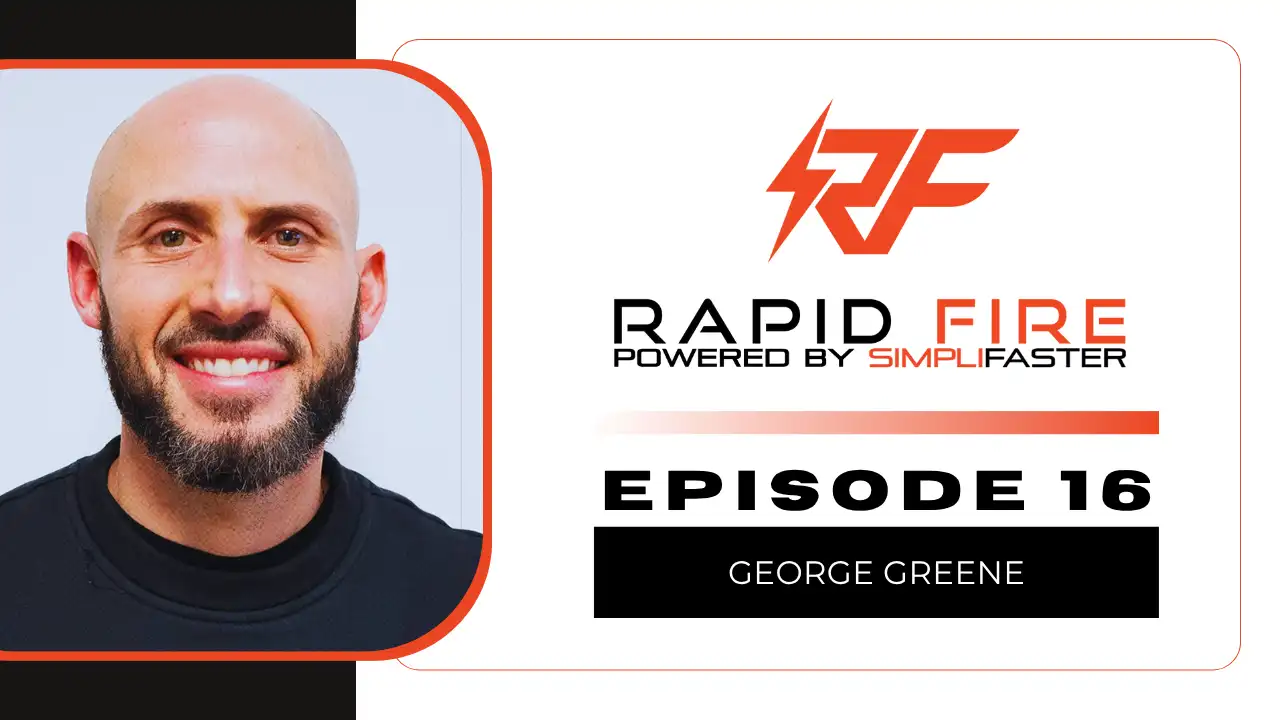As coaches, we excel in the delicate ballet between research and reality. Each day, we are forced to reconcile academic best practices with the stark realities we encounter. This is particularly relevant in the discussion of early sports specialization. In this high-stakes gamble between long-term health and immediate success, we often don’t know whether we’ve gone bust until long after that athlete has left our care.
Unlike a chef who can instantly recognize a charred steak, the repercussions of our decisions as coaches may take years to manifest—and by that time, they likely won’t be attributed back to us. I’ll admit, in my most insecure moments, this prospect haunts me.
Every once in a while, I receive messages from athletes that I haven’t trained since their teenage years. It’s usually a question about training methods or issues related to their current injuries. Knowing that they still value my opinion after all these years brings me a sense of accomplishment that far surpasses any trophy or medal. Yet, I can’t help but grapple with the nagging thoughts: “How much did I contribute to that injury?” and “What about the athletes who had to retire due to injuries?”
Unlike a chef who can instantly recognize a charred steak, the repercussions of our decisions as coaches may take years to manifest, says @_RyanHicks. Share on XThese lingering thoughts inspired me to write this article and explore the complex landscape of early sports specialization while reflecting on my experiences as a coach. I draw upon the challenges faced working across different continents, from my time as an elementary school PE teacher to my role as a performance coach for developing teens and established professionals.
The State of Play
Type “early specialization” into any search engine and it’s clear that this is a hot topic—I found at least eight TED Talks dedicated to it. Head over to your go-to research database and you’ll find enough data to make your head spin.
So, what does the current research tell us?
A commonly used definition of early sports specialization is the practice of engaging in intensive training in a single sport for more than eight months a year and typically beginning at a young age—often as early as 5 or 6, but normally before ages 12-13 or adolescence.1 However, any coach with a basic understanding of load management knows this barely scratches the surface. Diving deeper, several studies have attempted to qualify early specialization using weekly hours and categorizing participation as low, moderate, or highly specialized.2,3
Concerns raised by researchers include:
Physical Effects
- Increased Injury Risk: Young athletes who specialize early are at a higher risk of overuse injuries due to repetitive movement patterns.5,2
- Delayed Physical Development: Early specialization can impede the natural physical development of young athletes, leading to imbalances and long-term health issues.6,7
Psychological Effects
- Burnout: A singular focus on one sport can lead to emotional exhaustion and a diminished passion for the game, particularly in young athletes who feel pressure to perform.8,9
- Increased Anxiety: Young athletes may experience heightened competitive anxiety, which can negatively impact performance and overall enjoyment of the sport.10,11.12
Social Effects
- Reduced Social Interaction: Specializing early often limits opportunities for young athletes to engage in diverse social activities and develop interpersonal skills that come from playing multiple sports.1,13
- Family Pressure: Families may inadvertently create an environment of high expectations that can strain relationships and lead to feelings of inadequacy in young athletes.14,15,16
Developmental Effects
- Narrow Skill Set: Focusing on one sport too early can hinder the development of a well-rounded athletic skill set, making it harder for athletes to adapt to new demands later in their sporting careers.7,17
- Limited Career Longevity: Early specialization often corresponds with shorter athletic careers, as the athlete may burn out or sustain injuries that curtail their potential.18
As expected, this data is not without its critics, and rightly so.
Many of these studies fail to adequately account for the number of sports and recreational activities individuals engage in during that period, or how time is distributed among them. Furthermore, other stressors, such as academic demands, are often overlooked.
As shown by my rugby academy player example, it will often fall on us as the performance coaches to deviate from the program or regress if we believe it's in the best interest of the athlete, says @_RyanHicks. Share on XIt has also been noted that a number of the studies in the area suffer from considerable selection and recall bias18; meaning they rely on self-reported data from athletes, their parents, or coaches. Further still, many don’t consider other potentially influential variables in their studies, such as stage of physical maturation.16
Despite these shortcomings, we should probably cut researchers in this field a little slack. Even with clear definitions, standardizing research with this population is a daunting task.
And let me be clear, as a performance coach and a father, I am by no means endorsing early specialization. After all, S&C coaches make careers out of instructing athletes to perform auxiliary exercise, with the aim of enhancing performance in their primary activity. For me to suggest varied physical activity doesn’t offer a beneficial “cross-training” effect would be absurd.
Additionally, as coaches, we understand better than most just how slim the chances are for an athlete to succeed. Supporting this perspective, a 2019 NCAA study revealed that only 1.2% of high school athletes advance to Division I level sport and this figure predictably declines to less than 1% for those making it to the professional ranks.20
So, why are so many young athletes, parents, and coaches willing to risk it all? One explanation is the societal trend for immediate success and fame, along with the allure of potential scholarships or professional contracts make it worth the gamble.
Early Specialization in Europe and America
The tradition of youth academies in European sport is well-established, with renowned institutions like FC Barcelona’s La Masia and Manchester United’s Academy being recognized talent mills. Lionel Messi serves as a prime example. His journey illustrates how early specialization can cultivate incredible talent in a supportive environment that also nurtures personal growth.
However, not all athletes experience the same trajectory; there are poignant stories of individuals who struggled under the weight of early expectations. My experience working with rugby academies is no different. Most athletes participated in rugby nearly year-round. While they participated in other sports, this created a different issue.
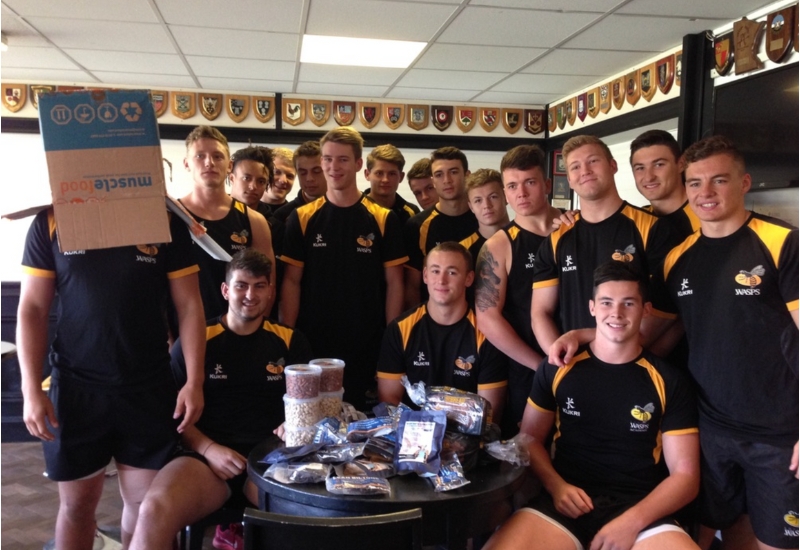
These talented individuals were often asked to participate in nearly every competitive school sport. As you can imagine, these driven youngsters, who never shy away from a challenge, jumped at the chance. Kids like this want to support their friends and put more trophies in the school cabinet, often at the expense of their own well-being. By the time two-thirds of the academic year had passed, I frequently had conversations with coaches asking, “What have you done with athlete X? He’s packed on some muscle,” to which I would reply, “I gave him two weeks off.” Naturally, these imposed breaks were often met with protest from the athletes, but they quickly learned the value of rest once they saw the rebound in their recovery markers.
Whilst the academy system isn’t fully adopted in American sport, early specialization is still prominent. Programs such as travel baseball and club basketball place a heavy emphasis on sport-specific training from an early age with the carrot being dangled of a pathway to higher education and professional leagues. Recent changes to NCAA rules likely won’t help the situation either.
I fully agree that athletes deserve a share of the fortune that’s being made off of their backs, but try telling a high school football player to take a day off once they learn how much Shedeur Sanders is earning. I recently witnessed a top high school football induction where the coaches asked players why they were there. The first kid replied, “To grow my brand.”
Watching the different coach’s facial reactions to this comment was incredibly entertaining. But this left me with a question: as an industry that stresses the importance of empathy, are we doing enough to truly understand parents’ and athletes’ drive to specialize early?
Early Specialization in Southeast Asia
Something that never fails to amaze me is how many unconscious biases creep into my thinking. I often believe I’ve been thoughtful, levelheaded, and considerate—then, whack, it hits like an ex-professional tight-head prop turned coach, taking a sly jab at the S&C coach during a friendly game of touch rugby.
If you think you’re immune to this trap, grab your kit bag and head to the other side of the planet from where you currently sit. It’ll likely be the most accelerated learning experience you’ll ever have.
A few years back, I had the incredible opportunity to coach in Southeast Asia. I entered the role fully aware of the differing practices I would encounter, or so I thought. In fact, the cultural shift was one of the aspects that excited me most: an opportunity to reevaluate my methods and principles in a truly different setting.
One of the first things that instantly struck me was the intensity with which these athletes pursued their craft. The pressure to succeed and excel extended beyond personal ambition; it was a responsibility to their families that I had never witnessed before.
What I hadn’t fully considered was how the economic landscape dramatically influenced early sports specialization. Sure, I’ve seen rugby players from working-class backgrounds earn scholarships and pro contracts, but for these young athletes, success in sports can lead to financial stability for their entire extended family. We’re not talking about a new truck for dad or a home for mom; these athletes can create multi-generational wealth. Even being on the bottom rung of a government-sponsored program could provide an income that eclipsed the national average wage.
For example, I worked with a highly successful Paralympic athlete who became a national star. His success supported multiple families back in his hometown. Before joining the national program, he left school early to help provide for his family by paving roads. While I respect those who take on such jobs—someone has to do it—given the choice between full-time training or manual labor in annual daily temperatures exceeding 80°F (27°C), I know which path I’m choosing. Yes, I might end up hating the sport and suffer physical and psychological injuries, but I’d like to know how that differs from a career in construction.
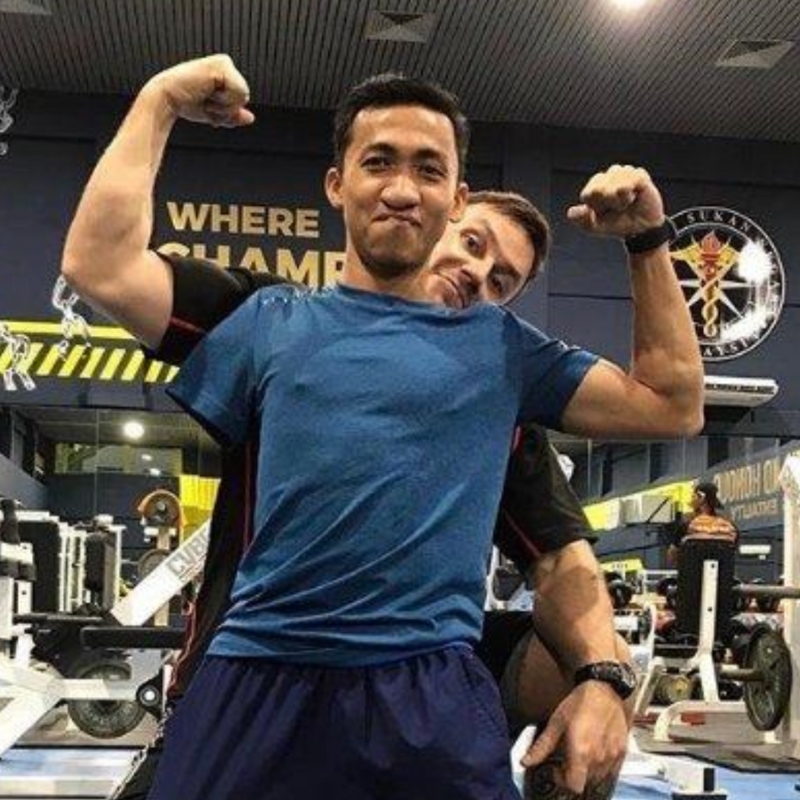
This realization left me feeling embarrassed: who am I, with my relatively privileged perspective, to question their motivations? While the same risks apply to them, their choices look profoundly different. For these athletes, sport is not just a passion; it’s a lifeline and a pathway to a better life, despite the considerable risks involved.
Moreover, athletes in this region often see neighboring countries, notorious for early specialization, achieve success on the world stage. Just look at the Chinese diving team at the 2024 Olympics—they took home seven gold medals out of eight events. I’ve seen firsthand how this program doesn’t meet our Western ideals, and it’s eye-opening to observe.
These young divers are drilled as early as ages 6 and 7 in China’s sports academies. These schools follow a rigorous selection process with highly focused and intensive training methodologies that can be hard for a Western-educated coach to watch. My personal experience of witnessing these practices is etched into my memory as some of the most difficult moments of my professional career.
In Southeast Asia, we're not talking about a new truck for dad or a home for mom; these athletes can create multi-generational wealth, says @_RyanHicks. Share on XWhile this system has undoubtedly brought success on the world stage, it’s hard to morally justify the risk-reward equation at play here. Crucially, the countries that I’ve seen attempt to emulate the Chinese model often overlook a key factor—population size. Lacking the vast talent pool that nations like China possess, and considering estimates that only 0.01% of competitive athletes reach the Olympics, these programs can impose unsustainable pressure on young athletes.
Imagine for a moment that you’re the performance coach in this scenario. How much extra volume will you throw on top of a young athlete’s load for the sake of variety? This assumes, of course, that they listen to you in the first place.
Putting moral arguments aside, this approach poses an interesting question: in sports where technical skills are crucial, can such mastery be achieved without a singular focus? Given what we know about Hebbian learning, the role of the cerebellum and basal ganglia in movement refinement, as well as the importance of myelination and synaptic pruning for neural efficiency, at what age should we start training these skills to align with an athlete’s physical peak?
Such examples continue to question the role of specialization in achieving excellence. Is our globalized world pushing more societies towards this hyper-focus on early specialization? And are we as coaches paying close enough attention to these societal pressures before implementing training plans?
Cultural Contradictions
Why do we continue to see a push toward early specialization? Well, in the West at least, it could be a reflection of our conflicted society. On one hand, we express concerns about this trend; on the other, we celebrate young prodigies who achieve success through relentless dedication.
Take Simone Biles—her journey perfectly encapsulates this contradiction. Starting from just 8 years old, she devoted herself to gymnastics, training tirelessly to become a sensation. This unwavering commitment has deservedly earned her “GOAT” status. However, her challenges in Tokyo are rarely linked to early specialization risks. Instead, the media frames her story as a testament to the power of dedication and hard work
This isn’t a one-off. Every day, sports media celebrate someone who completes 1,000 repetitive motions. YouTube rakes in millions of views of child music prodigies, and parents proudly share stories of kids dedicating hours to academics. In a society that preaches 10,000-hour rules and “practice makes perfect,” it’s no surprise that children feel pressured to specialize. And so, the cycle continues.
Crucially, the countries that I've seen attempt to emulate the Chinese model often overlook a key factor—population size, says @_RyanHicks. Share on XAnecdotally, many of the most interesting and successful people I know were singularly focused from a young age. As adults, you can see the experience has left its scars, but name one person who reached the pinnacle of their field while maintaining a sense of “balance”?
This links to the idea of “Post-Traumatic Growth” (PTG), which suggests that overcoming adversity can lead to strengths, resilience, and new perspectives. But, as Angela Duckworth points out, children who experience trauma need a supportive environment with caring mentors or stable relationships to help them turn those experiences into grit instead of negative outcomes.
Ethical Support Systems: Ensuring Holistic Development
Most practitioners who have mentored young athletes will likely agree that pressure and adversity are integral to a rounded development, but as subject matter experts, we owe a duty of care to those we mentor. We must not shy away from our responsibility within the young athlete’s support structure.
Pressure may forge diamonds, but it also crushes other equally precious gems.
Blaming the issue on sports management or our cultural traditions isn’t wrong, but what does that do to help our athletes on Monday morning?
Shifting perspectives on early specialization is a formidable task, and contemplating the concept as a whole is enough to overwhelm even the most ambitious coach. Instead, I believe we need to take advice from our own playbook and concentrate on what we can control. What actionable steps can we take today to make a meaningful impact?
1. Interdisciplinary Collaboration: Be the Glue
I’ve always sought to promote a unified approach to youth athlete development where possible. Good relationships and trust among everyone involved form a supportive backdrop for athletes’ growth. This approach not only emphasizes their physical development but also prioritizes emotional and social well-being,19 enabling athletes to thrive in every aspect of their lives.
For me, learning to master difficult conversations was transformative in this process. It allowed me to facilitate interdisciplinary collaboration among coaches, educators, and parents. I found the book “Crucial Conversations” to be a great starting point for reflecting on my communication skills. I say starting point, because I believe this is one of those skills that can be continuously improved.
2. Balance Long-Term and Current Development
As youth coaches, part of our mission is to equip athletes with a toolbox that ensures their success once they move on from our program—but not at the expense of their current development. For instance, while I rarely program complex Olympic lift derivatives for high-school athletes, there’s a high chance they’ll go into a program that does. At a bare minimum, I want them to be proficient in the underlying movement patterns and know how to successfully bail a lift.
I believe a well-designed curriculum should strike a balance with such structured practice and free play. This ensures that athletes not only develop fundamental movement patterns but also foster a love for physical exploration.19 That’s not to say we can’t develop specific physical qualities while also promoting free play. The rise of the Constraints-Led Approach has demonstrated how we can adjust tasks and environments to influence behavior while fostering creativity and adaptability. Sprinkle in an emphasis on autonomy, add competitive elements, and I believe you have the perfect environment for learning.
3. Monitoring and Adapting Training Programs
As shown by my rugby academy player example, it will often fall on us as the performance coaches to deviate from the program or regress if we believe it’s in the best interest of the athlete. In a perfect world, programmed recovery weeks would suffice, but these weeks often get filled with other strenuous activities. In these situations, having a standardized monitoring system has been essential.
When developing load monitoring systems, I ask myself these five questions:
- Can it alert me to something we believe needs to change?
- Can it detect things that need changing that we are currently unaware of?
- Can it be done with validity, reliability, and in a simple and timely manner?
- Does it allow me to easily adjust training for each athlete’s unique needs and growth stages?
- Is it informing training or is it detracting from it?
Though my methods for load monitoring have evolved over time, these qualifying questions have remained constant. Meeting this criteria has provided confidence during those difficult conversations with athletes and their support teams as I know my decisions are grounded in solid rationale.
I believe a well-designed curriculum should strike a balance with such structured practice and free play to ensure athletes develop fundamental movement patterns and foster a love for physical exploration, says @_RyanHicks. Share on XIn full transparency, while I’ve seldom shied away from boldly sharing my decisions with other stakeholders, improving those communication skills has allowed me to be more tactful in making them agree.
4. Education and Support for Parents: We Don’t Know What We Don’t Know
It’s essential to equip parents with knowledge about the risks and benefits of early specialization. After all, our education system doesn’t adequately teach nutrition, rest, and mental well-being for adults, let alone developing children. Just as I’ve always tailored my coaching to cater to different learning styles, I try to do the same for parents.
I’ve found that, for the most part, people fit somewhere between the following three categories. Covering these bases has helped me communicate this valuable message and build parent trust.
The Learner (Step-By-Step)
- Who It Appeals To: Parents who thrive on clear, methodical instructions and want in-depth guidance to feel confident in executing tasks.
- Content: Detailed, step-by-step instructions for parents who prefer structure and precision.
- Format: Written manuals, thorough video tutorials, and detailed checklists.
The Explorer (Hands-On Learning)
- Who It Appeals To: Parents who enjoy learning through experience, experimenting with different approaches, and seeing demonstrations in action.
- Content: A variety of multimedia formats that engage parents in active learning.
- Format: Interactive videos, workshops, and role-playing exercises.
The Doer (Quick Reference)
- Who It Appeals To: Parents who prefer minimal theory and just need something practical they can use immediately.
- Content: Simplified cheat sheets or quick guides that are handy during the task itself.
- Format: Cheat sheets, infographics, task flow charts, and mobile-friendly reference guides.
Yes, creating resources takes a lot of time. In my experience, it’s well worth the effort. Not only does it help parents better understand what we want to achieve in our sports program but it also confirms our commitment to their child’s development. Plus, having clear and accessible resources can assist in minimizing confusion and misunderstandings, ultimately leading to a more positive experience for both parents and athletes.
5. Cultivate Athletes Who Ace Both Fields
Over the years, I’ve received more than one call from a disgruntled academic advisor inquiring whether an athlete was at training instead of attending class. Admittedly, as I watched them sprint around the field in front of me, my personal disdain for authority and aversion to classrooms tempted me to swiftly say “get lost.” However, I’ve come to realize that programs tackling athletic and scholastic achievement better prepare athletes for life on and off the field.22
I’ve learned the wiser move is to get academic advisors and other educators on your side early. This could be as straightforward as reaching out to synchronize study halls or tutoring sessions with practice timings. By taking these steps, we ensure that young athletes aren’t put in a position where they’re forced to choose between sports and education. Moreover, a lot of youngsters haven’t learned to play “the game” yet, and by the nature of their developmental stage, they will make mistakes. Having some goodwill built up with academic departments can be invaluable if you ever have to go to bat and advocate for an athlete facing the consequences of a less-than-ideal decision
6. And…Better Empathize
I encourage us all to pause and reflect on whether we truly understand our athletes’ and parents’ aspirations or motivations. Are we imposing our own wants or prejudices onto them?
Investing time to ask about their concerns and objectives has served me well. Although, here’s something I’ve been guilty of forgetting—making sure to actually listen. Remembering to do this fosters trust, and you might just uncover something you didn’t see coming.
I believe we should strive to build environments where nurturing future talent goes hand in hand with addressing the urgent needs of today. By embracing different perspectives and fostering empathy, we can better support young athletes on their journeys, helping them prepare for both challenges and successes.
As mentors, our role isn’t just about building athletic skills; it’s about guiding these young rockstars to become resilient, well-rounded adults.
Don’t get bogged down by the bigger picture; focus on what you can change today, and keep in mind that our true success isn’t just in the medals we win, but in the lives we positively impact.
Since you’re here…
…we have a small favor to ask. More people are reading SimpliFaster than ever, and each week we bring you compelling content from coaches, sport scientists, and physiotherapists who are devoted to building better athletes. Please take a moment to share the articles on social media, engage the authors with questions and comments below, and link to articles when appropriate if you have a blog or participate on forums of related topics. — SF
References
1. Côté, J., Lidor, R., & Hackfort, D. (2009). ISSP position stand: To sample or to specialize? Seven postulates about youth sport activities that lead to continued participation and elite performance. International Journal of Sport and Exercise Psychology, 7(1), 7-17.
2. Jayanthi, N. A., LaBella, C. R., Fischer, D., Pasulka, J., & Dugas, L. R. (2015). Sports-specialized intensive training and the risk of injury in young athletes: A clinical case-control study. The American Journal of Sports Medicine, 43(4), 794-801.
3. Brito, J., Malina, R. M., Seabra, A., et al. (2012). Injuries in Portuguese youth soccer players during training and match play. Journal of Athletic Training, 47(2), 191-197.
4. Fabricant, P. D., Lakomkin, N., Sugimoto, D., et al. (2016). Youth sports specialization and musculoskeletal injury: A systematic review of the literature. The Physician and Sportsmedicine, 44(3), 257-262.
5. Woods, C. T., McKeown, I., Keogh, J., & Robertson, S. (2018). The association between fundamental athletic movements and physical fitness in elite junior Australian footballers. Journal of Sports Sciences, 36(4), 445-450.
6. Bell, D. R., Post, E. G., Trigsted, S. M., Schaefer, D. A., McGuine, T. A., & Brooks, M. A. (2018). Prevalence of sport specialization in high school athletics: A 1-year observational study. The American Journal of Sports Medicine, 44(6), 1469-1474.
7. Côté, J., & Vierimaa, M. (2014). The developmental model of sport participation: 15 years after its first conceptualization. Science & Sports, 29(Supplement), S63-S69.
8. Myer, G. D., Jayanthi, N., Difiori, J. P., Faigenbaum, A. D., Kiefer, A. W., Logerstedt, D., & Micheli, L. J. (2015). Sports specialization, part II: Alternative solutions to early sport specialization in youth athletes. Sports Health, 7(5), 437-442.
9. Jayanthi, N., Pinkham, C., Dugas, L., Patrick, B., & LaBella, C. (2013). Sports specialization in young athletes: Evidence-based recommendations. Sports Health, 5(3), 251-257.
10. Smith, R. E. (1986). Toward a cognitive-affective model of athletic burnout. Journal of Sport Psychology, 8(1), 36-50.
11. Gould, D., & Whitley, M. A. (2009). Sources and consequences of athletic burnout among college athletes. Journal of Intercollegiate Sport, 2(1), 16-30.
12. Goodger, K., Gorely, T., Lavallee, D., & Harwood, C. (2007). Burnout in sport: A systematic review. The Sport Psychologist, 21(2), 127-151.
13. Fraser-Thomas, J., Côté, J., & Deakin, J. (2008). Understanding dropout and prolonged engagement in adolescent competitive sport. Psychology of Sport and Exercise, 9(5), 645-662.
14. Wiersma, L. D. (2000). Risks and benefits of youth sport specialization: Perspectives and recommendations. Pediatric Exercise Science, 12(1), 13-22.
15. Harwood, C. G., & Knight, C. J. (2015). Parenting in youth sport: A position paper on parenting expertise. Psychology of Sport and Exercise, 16(1), 24-35.
16. Baker, J., & Young, B. W. (2014). 20 years later: Deliberate practice and the development of expertise in sport. International Review of Sport and Exercise Psychology, 7(1), 135-157.
17. Gulbin, J. P., & Weissensteiner, J. R. (2013). Functional sport expertise systems. Talent Development & Excellence, 5(1), 25-43.
18. DiFiori, J. P., Benjamin, H. J., Brenner, J. S., Gregory, A. M., Jayanthi, N., Landry, G. L., & Luke, A. (2014). Overuse injuries and burnout in youth sports: A position statement from the American Medical Society for Sports Medicine. British Journal of Sports Medicine, 48(4), 287-295.
19. Aspen Institute. (2015). Sport for All, Play for Life: A Playbook to Get Every Kid in the Game. Project Play. Aspen Institute Sports & Society Program.
20. NCAA. (2019). Estimated Probability of Competing in Professional Athletics. Retrieved from here.
21. Malina, R. M., Rogol, A. D., Cumming, S. P., Coelho e Silva, M. J., & Figueiredo, A. J. (2016). Biological maturation of youth athletes: Assessment and implications. British Journal of Sports Medicine, 49(13), 852-859.
22. Cronin, L. D., & Allen, J. B. (2017). The development of a sport-specific measure of need satisfaction: A sociocultural perspective. Psychology of Sport and Exercise, 28, 119-130.

